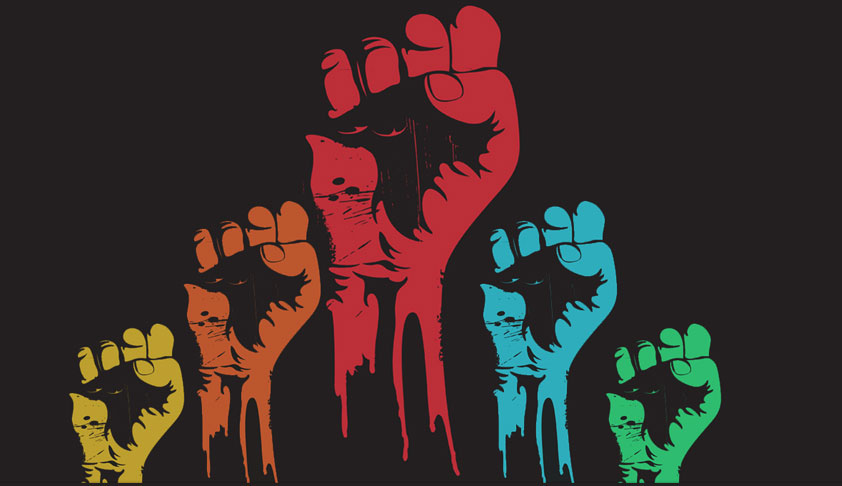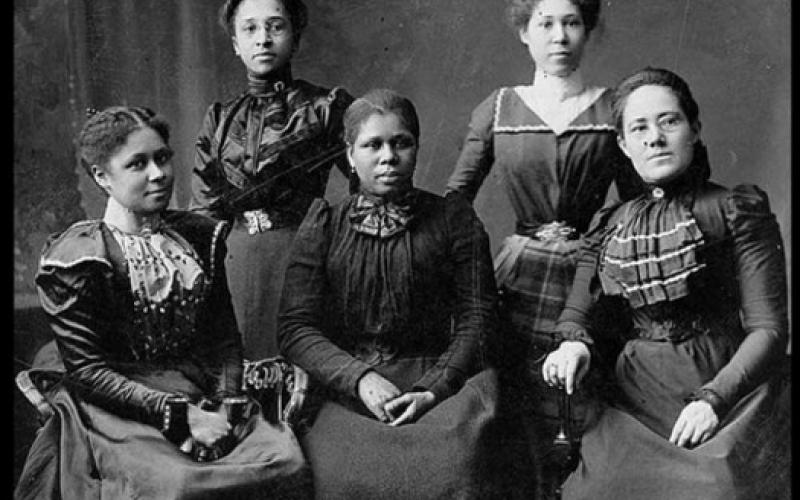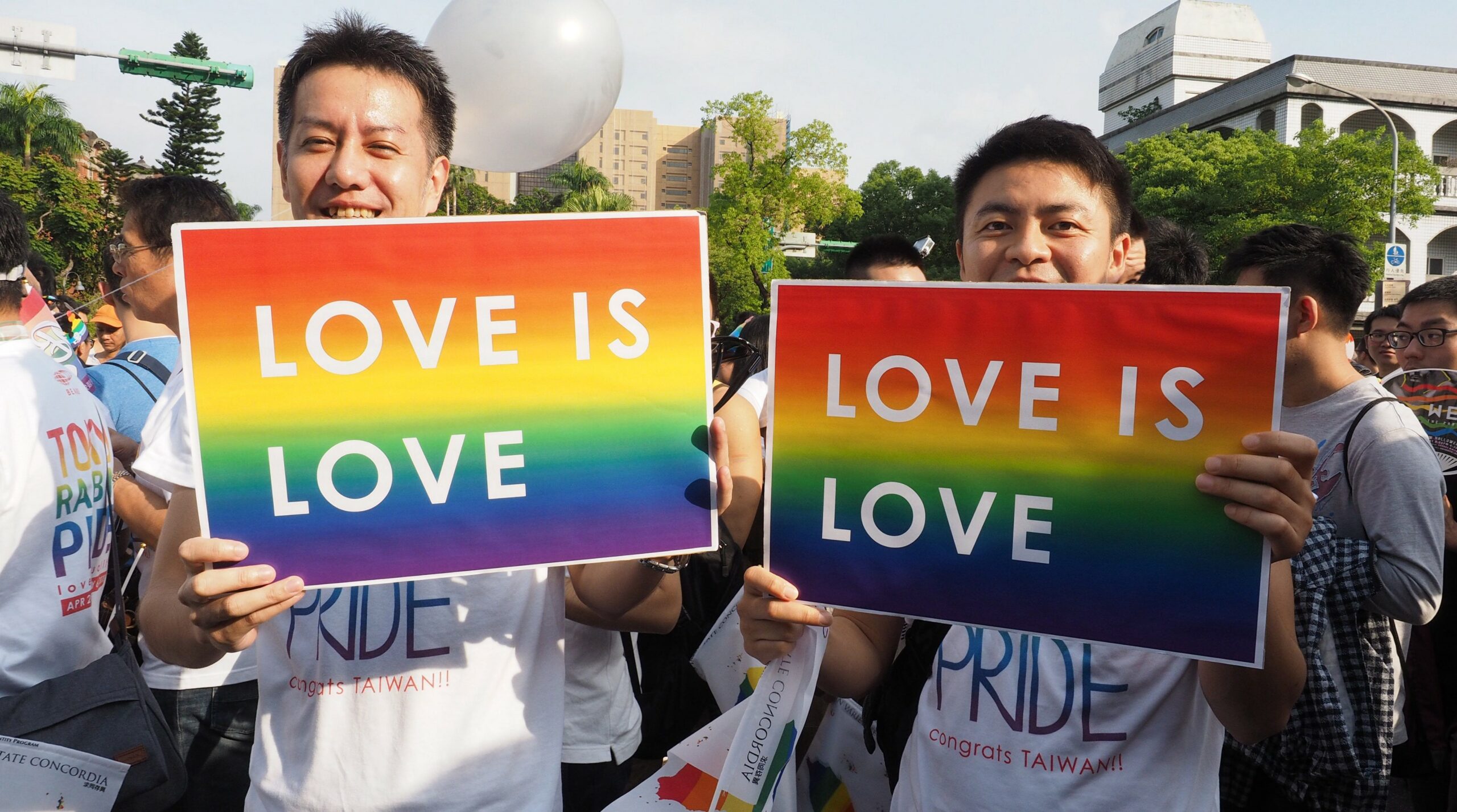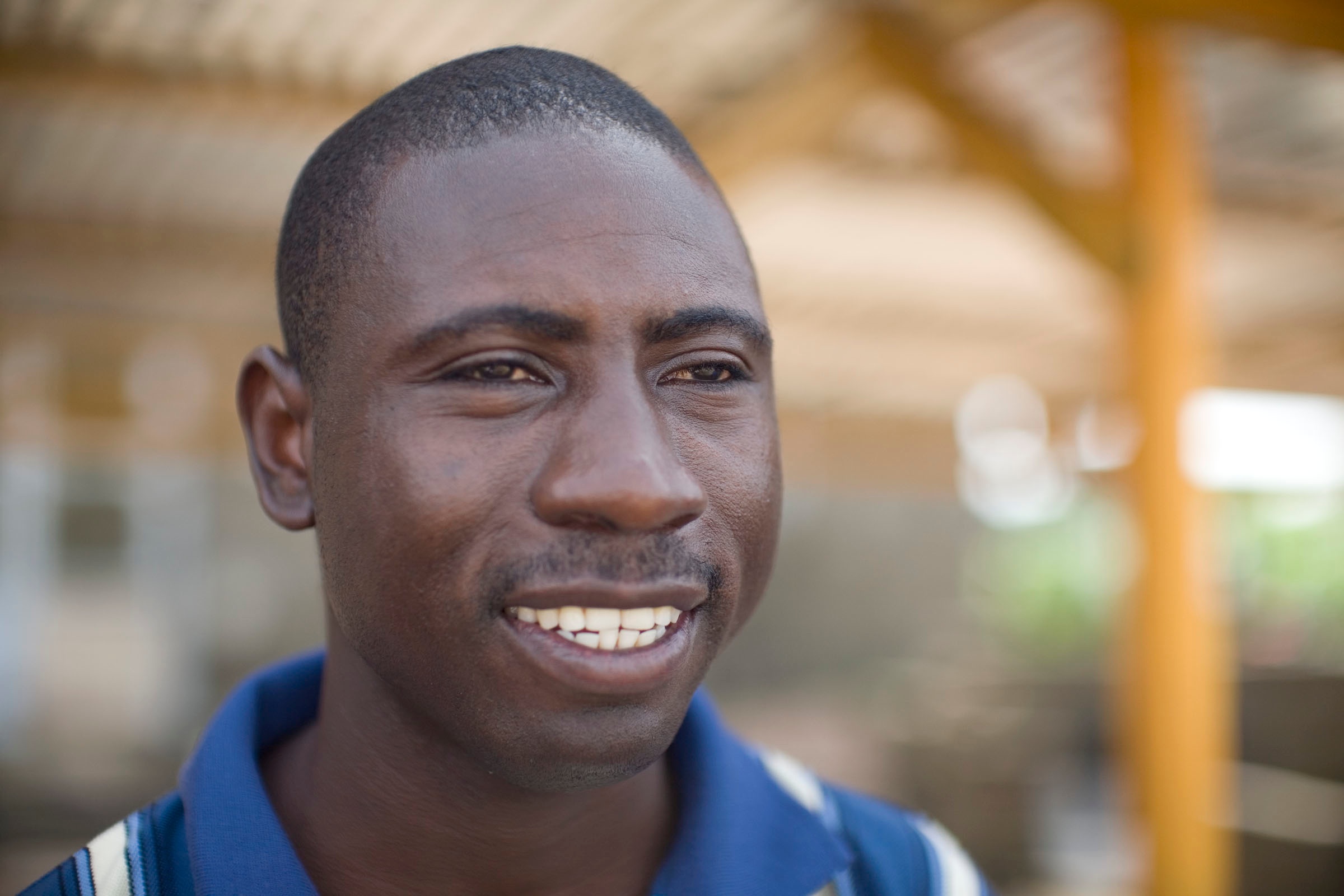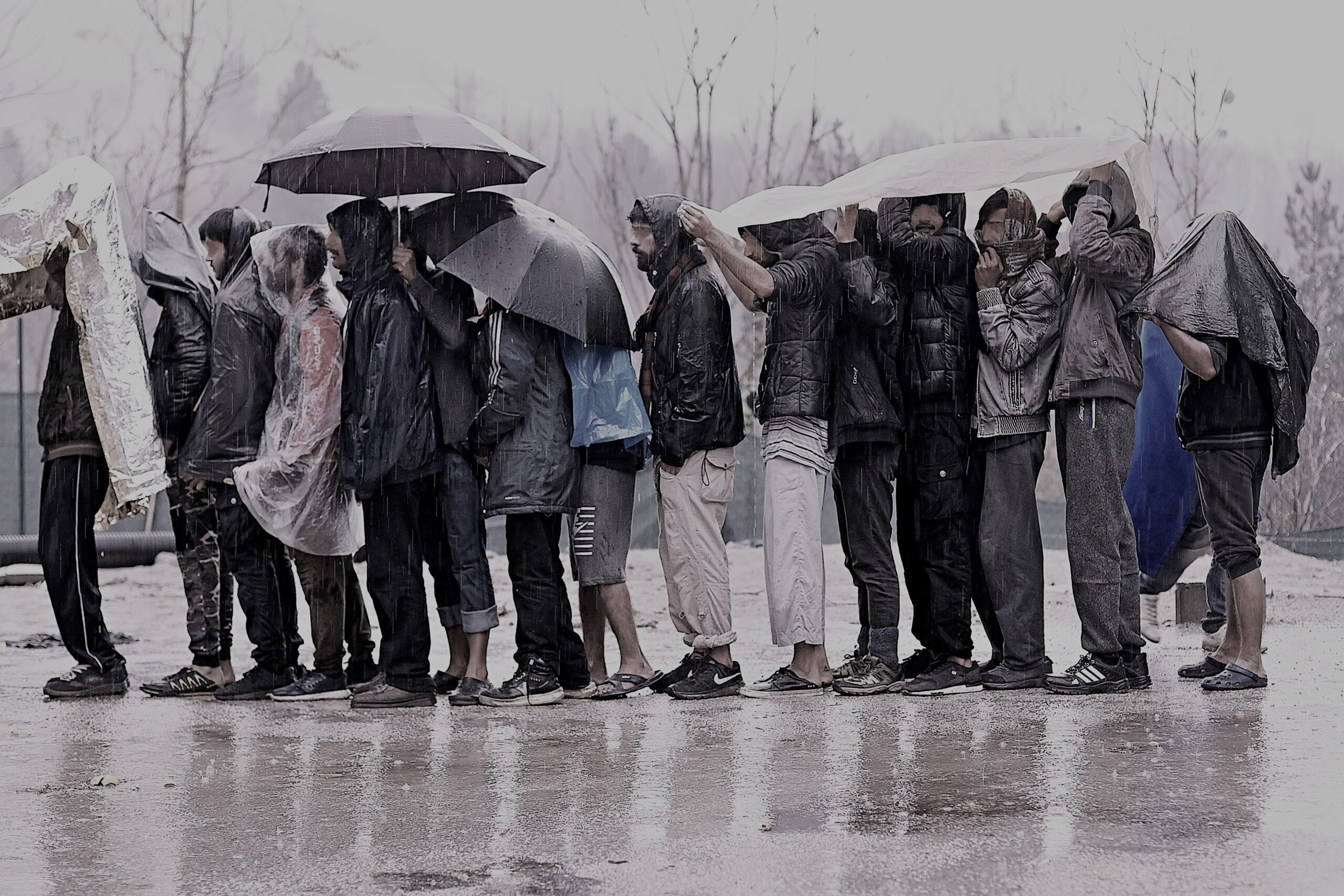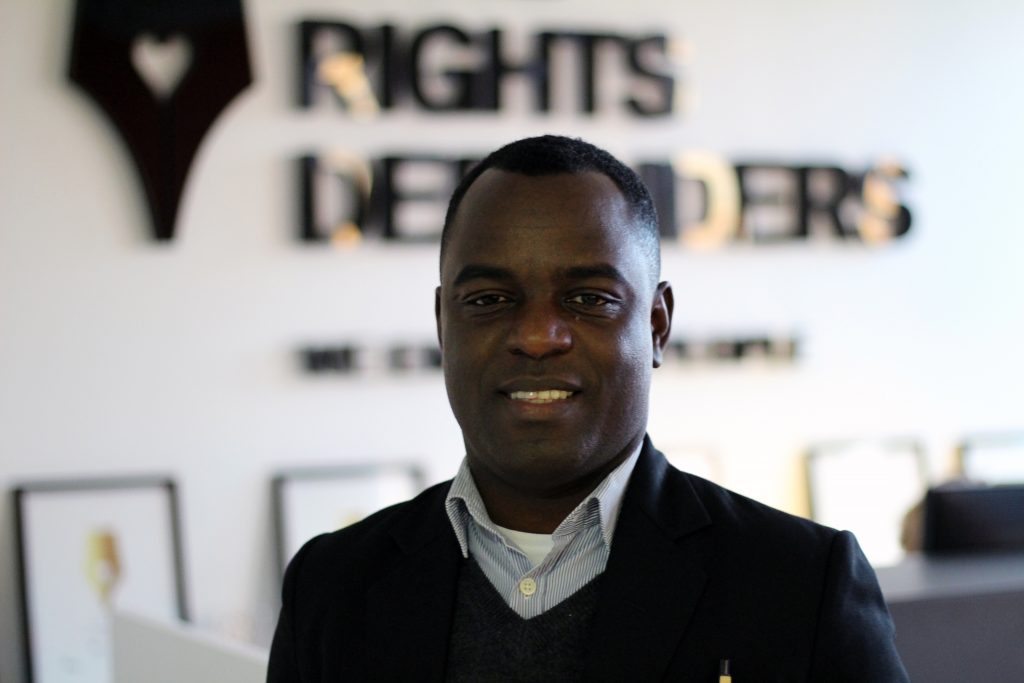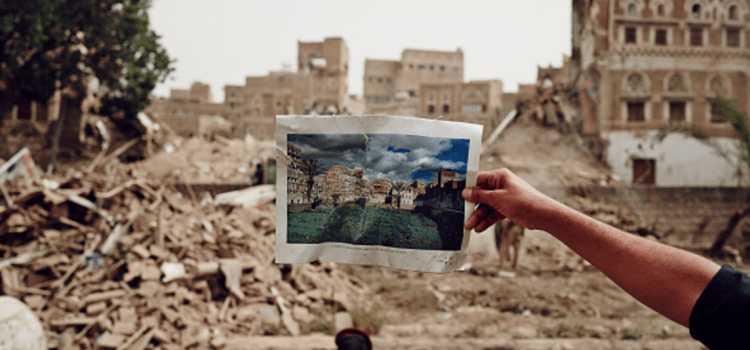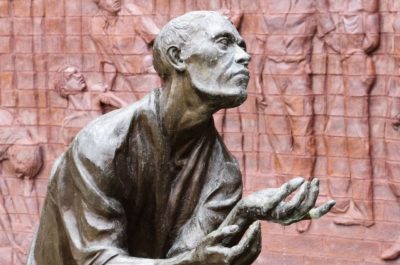
OLBIOS: You are the founder of an interactive forum on forced migration and particularly survivors of violence from torture, human rights abuses, or gender-based violence. Could you give us a sense of how this works?
Amaya Alexandra Ramos: The establishment of the organization is very recent, but it is born from the limitations which practitioners working in the area of forced migration or specific forms of targeted violence routinely encounter. Survivors of forced migration and targeted violence clearly carry a heavy trauma load, both mental and physical. However, the systems currently in place to address the needs of survivors of forced migration as well as certain forms of targeted violence require specific expertise rarely accessible to the survivor, either due to resource limitations, an undertrained workforce, language barriers, or insufficiently interconnected systems.
While HazarRavaaq has visions as to where it would eventually like to grow as an organization, for the moment, we are focusing on providing technical assistance to aid entities in the development of more comprehensive programming which specifically redresses these gaps. As such, we invite practitioners, researchers and fellow organizations wishing to contribute to or to learn from this effort to join our network so as to help further this mission.
O: In recent years, there seems to be some progress in the area of addressing forms of violence that had for years remained hidden or not officially recognized. What is your assessment?
A.A.R.:This is certainly a positive development, but one which has to be qualified. Unfortunately, many forms of injustice are discussed primarily at high political and diplomatic levels or at the level of research, with little information making it down to everyday citizens and practitioners, thus providing civil society members little to no agency to impact the issue. One of our aims is to do our small part in circumventing these gaps by helping to circulate important information through a network of related organizations and sectors, and importantly, to make it available to civil society at large so that enterprising social activists can take this information and apply it in innovative ways.
Nevertheless, conversation regarding certain forms of violence and the impact of post-traumatic responses is indeed becoming increasingly normalized, and the growing democratization of media has helped significantly in this regard. The area of human trafficking is one example of an issue around which there has been critical growth of awareness in terms of the essential interrelatedness of systems and frameworks. Importantly, the general public is now at least minimally aware of the magnitude the issue, leading to greater grassroots and civil society involvement.
For example, in the best of cases, law enforcement, social services, human rights practitioners, advocates, policymakers, medical and mental health providers, the judicial and immigration systems, and sometimes, the survivors themselves, often work jointly to help address the multifaceted problem that is human trafficking.
Moreover, now we are seeing the growth of social programs that focus on mitigating risk factors so that the issue can be tackled in a comprehensive manner, ranging from preventing victimization in the first place through to rehabilitating survivors once trafficking does occur. Of note, there is increasing recognition of the extraordinary importance of empowering survivors to be central, active participants in determining and informing the direction of their care.
Though it would be a disservice to assert that progress in the area of trafficking is anywhere near sufficient, and despite the challenging dynamics that can emerge in collaborative settings, it does point to a critical shift in cooperation between sectors, and such cooperation enhances not only the visibility of the issue, but when properly executed and informed by best practices, it potentially allows for less traumatization of survivors and helps to mitigate intergenerational transmission of trauma.
Conversely, there is the issue of forced migration. In terms of awareness, scarcely anyone is unaware of the magnitude of the global displacement problem; However, the one of the differences between trafficking and forced migration issues is that the conversation regarding migration remains largely at the political level, with everyday citizens usually able to do little beyond providing support in the form of volunteering as well as offering donations, transportation, and friendship. Helping to puncture the barriers that exist in the circulation of information is one of our primary aspirations.
O: You highlight progressive, evidence-based initiatives in fields which intersect with migration and equitable access to social resources. Could you give us an example of such an initiative and its measurable impact?
A.A.R.: In many, if not most countries, the aforementioned lack of civil society engagement has stunted the development of an interdisciplinary, multi-sectoral approach for managing migrant influxes, Therefore, yet again we return to the question: Having identified the problems, what can be done? One thing which everyday citizens, researchers and practitioners can do is to identify the highest need populations within these affected groups and develop pilot programs centered around comprehensive health solutions which can prove the “benefit” (beyond the sheer humanitarian justness of it) of such programs to governments and other would-be major funders.
In terms of impact, though ideally governments and other social systems would be motivated by their values, we can examine this question from a monetary standpoint. Impaired mental health has enormous long-term economic consequences on an individual and societal level. This much is easy to discern from any country’s report on the impact of disability and other impairments to functioning; However, these consequences are not simply limited to the survivor alone, as trauma has been repeatedly demonstrated as having persistent, inter-generational effects.
True, the fraction of individuals within each society who have undergone forced migration or other specific forms of trauma is likely not all that great in proportion to the larger population, but the branching effects of a single person’s incapacitation or limited functioning, multiplied by many thousands to millions of persons who are affected directly or indirectly through trauma or the intergenerational transmission of trauma, cannot be understated.
O: Your organization provides trauma-informed technical assistance to strengthen and support services for survivors of forced migration, targeted violence such as torture, gender-based violence and human trafficking. What kind of assistance do such people need and what programs are most efficient in meeting these needs?
A.A.R.:I cannot purport to speak on behalf of such a heterogenous set of populations, which in themselves are made up of a variety of sub-populations with distinct histories, so the best I can do is to draw from the literature and my own clinical perspective. In this regard, the overall literature has repeatedly demonstrated that systemic challenges in the destination country can often have effects on mental health outcomes which are as or almost as impactful as adversity experienced over the course of the migration experience itself.
Therefore, I would argue that the primary, core need of survivors of any major trauma -beyond equitable access to physical and social resources such as security, access to food, adequate housing, and readily accessible, quality healthcare- is to be heard, believed and given the proper social conditions to be able to build interpersonal and social trust.
Even upon arrival to a safe environment, this new environment’s actual stability can become almost irrelevant, as the nervous system primed to continuously manage threats to self-preservation does not distinguish perceived threats from actual threats very well. As such, the potential suffering inherent to forced migration and targeted violence can continue long after situations have stabilized. Therefore, developing services that first address mental health in meaningful ways and which explicitly address the neurological and somatic elements of trauma- is imperative.
Other specialists may agree or disagree, arguing about the exact modality to be implemented, and in fact, such debate would be a very fortuitous outcome in that it would hopefully lay the foundation for full exploration of many possible approaches. Still, regardless of the specific modality used, sustained intervention, as well as a safe space in which to ultimately deescalate their levels of anxiety, reality test, experiment with new social relationships, and work through concerns should be made available to survivors thoroughly and at whatever intensity is needed and desired.
In my opinion, the guided social rehabilitation dimension may often be even more significant than the medical description of the intervention itself and should be provided within contexts that necessarily address both the mental and physical needs of the individual simultaneously. Though an integrated healthcare approach might seem obvious, it is hard to find instances (let alone systems) that go beyond treating mind and body in parallel and which actively integrate these elements in efforts to provide meaningful, holistic care. Given our growing understanding of the interrelationship of mind and body, there is no acceptable excuse for not moving in this direction.
O: Who is helping the helpers?
A.A.R.:As for who is “helping the helpers”, this is an excellent question, and one that deserves to be asked time and again. There is currently little quality support for individuals who dedicate their time and mental wellbeing in the service of populations with such unique and intensive needs.
By default, mental health providers and other social service workers are constantly encouraged by the discipline at large to maintain their own therapeutic regimen in order to prevent burnout, compassion fatigue, projection and transference. While no doubt helpful to some degree, these other providers from which the “helpers” may seek support likely will not have the technical experience to help them sort through the many ambiguities that come with this line of work, and trusted colleagues with whom they could share experiences may be equally depleted.
Additionally, if not properly trained, peers could cause harm to the specialist or the client. Researchers have many times advocated for enhanced support of mental health providers, including structured peer-to-peer programs, but as in the previously discussed scenarios regarding best healthcare practices, research with call to action does not automatically translate into systemic, sustained and tangible transformation.
In response, nations engaging in humanitarian crisis response should also seek to equip more generalized mental health practitioners to better support specialized service providers, or they should provide other, adequate means for these providers to seek assistance. As an organization, in addition to helping survivors of forced migration and targeted violence, HazarRavaaq hopes to be able to give back to the provider community through this same approach of knowledge-sharing and technical assistance.
O: You have chosen to work in a very delicate and difficult field. Could you tell us a few words about how you chose this line of work?
A.A.R.:I have struggled with this question myself for quite some time. The easier narrative would be that as a person whose family lineage hinges on stories of migration –my maternal grandfather was a refugee under the Franco regime, my paternal grandmother had to flee Latvia under adverse conditions, and my parents emigrated from the Dominican Republic to the United States in search of professional opportunities – that this family history would influence my interests. I am sure this had significant impact on the development of my professional orientation, but when I assess if this really is the primary motivating factor, it falls short. I think something deeper underlies it.
Through my work and personal experiences, I have realized that systems of all kinds are incredibly fragile and take constant vigilance and effort to maintain. Our foundational concepts in natural sciences support this view. As such, there is little separating anyone from total social collapse and its consequences, and any one of us can become a displaced person in a matter minutes; while this may seem on the surface to be a pessimistic view, to me, it is not, as it highlights the essential commonalities between peoples. While we may express ourselves differently and we may follow different social patterns, most of us seek productive lives with meaning and close relationships with loved ones, and I feel that it is my calling to help people achieve this aim to the greatest extent possible in the brief time they have on this planet.
Amaya Alexandra Ramos is Founder and Executive Director of HazarRavaaq



